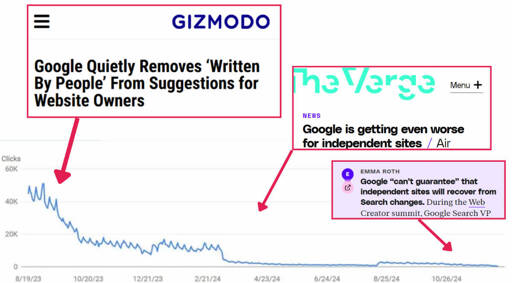

That’s a Celeron right? I’d try a better AI model. Check this page for the list. You could try the heaviest one. It’ll take a long time to process your library but inference is faster. I don’t know how much faster it is. Maybe it would be fast enough to be usable. If not usable, choose a lighter model. There’s execution times in the table that I assume tell us how heavy the models are. Once you change a model, you have to let it rescan the library.




























Did you run the Smart Search job?